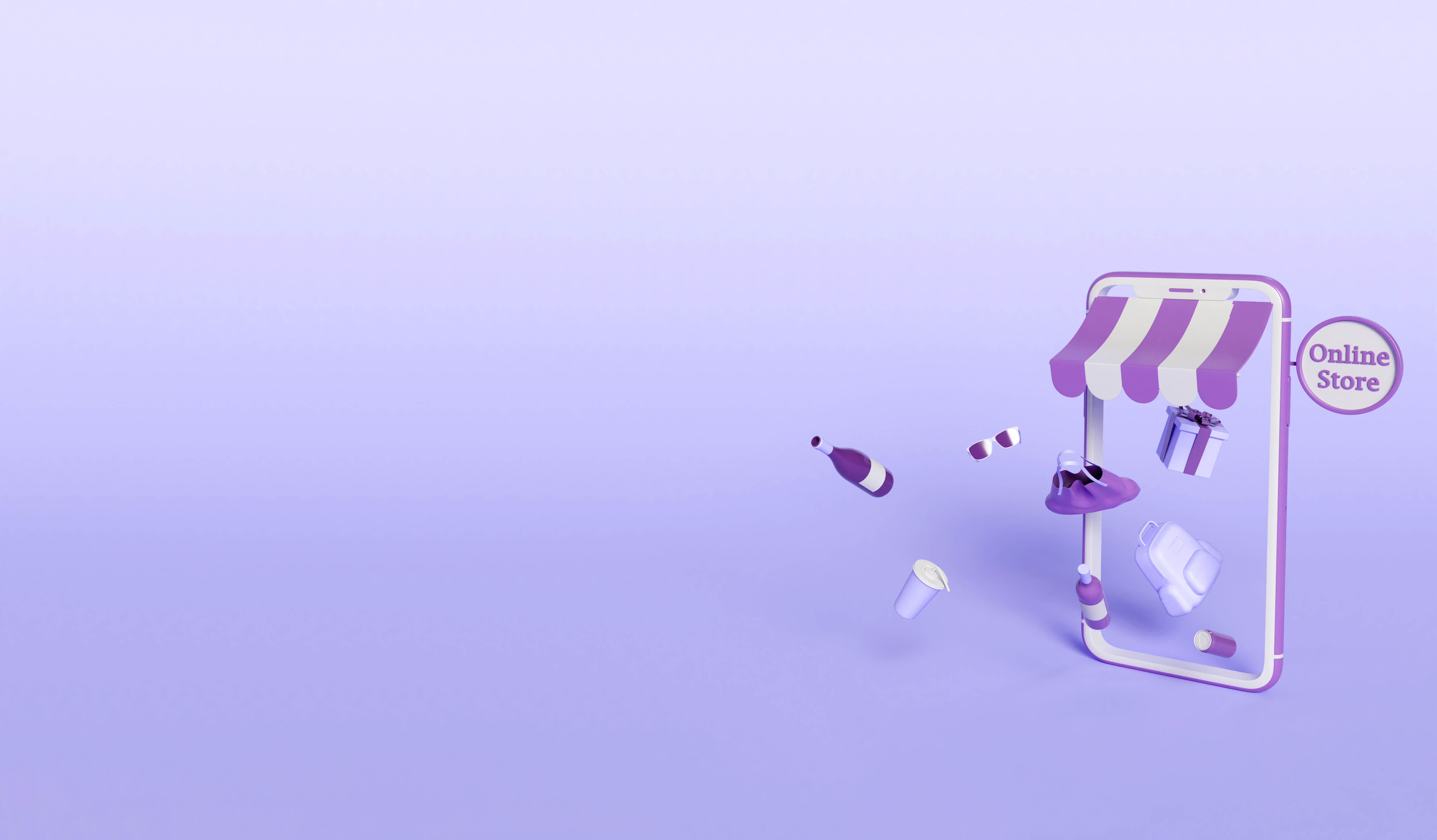With smartphone penetration expected to reach a whopping 88% this year, the improvement in mobile and wireless technology, together with flexible software architecture, has changed how consumers access and consume information. And technology has significantly changed the shopping habits of people. We are already witnessing an e-commerce boom much bigger than anticipated.
Even before the pandemic, contactless delivery was a known choice, and due to the pandemic, it has become a necessity. An increasing number of people are getting comfortable with online shopping using their phones, thanks to mobile penetration and high connectivity. To capture the emerging internet-based spending habits, search engines and social media giants have come up with their versions of marketing solutions. But with limited budgets, marketers need to carefully weigh options for getting the best bang for their bucks. Let us compare Google Shopping Vs Facebook Shopping Vs Instagram Shopping to find the best platform for you:
Comparison Between The Leading Marketplaces:
Google Shopping
Google Shopping (formerly known as Product Listing Ads) is the oldest and a leading player in the market. It can generate huge traffic to your online store if you fully understand and utilize the platform’s versatility. It allows you to list your products for discovery during search along with its pricing, manufacturer, and availability along with other details.
It is considered as a must for all online sellers as Google is the first point of interaction for any online search. Physical products especially benefit from this feature alongside local listings.
Advantages: Google Shopping Ads receive many more clicks than standard text ads. Google Shopping is an efficient and affordable way to generate traffic to your online store and generate more revenue. It gives your product much better visibility. It is also easy to set up and manage. Responsive rendering, Broader reach and better lead quality are some of its significant benefits. The best part is, you can also feature your products in Google Shopping Ads for free.
Disadvantages: Most marketers like to have full control over the advertising campaigns and their data. They like to adjust their marketing strategy based on audience, search term data, but Smart Shopping does not provide such data. And if you are using Google Shopping through Google Merchant Center, then there is a bit of a learning curve. Another big disadvantage is that you have to mark orders fulfilled manually. There is a lack of automation.
Facebook Shopping
After years of deliberation, on May 19th, 2020, Facebook Shop launched Facebook Shopping. Around 15% of social media users were already using Facebook to find the product they were looking for. Towards the third quarter of 2020, Facebook has seen a huge jump in e-commerce activity with the introduction of Facebook Marketplace and shop pages.
And 18% of US adults have made purchases through Facebook. But you need to remember that Facebook is a social media platform, and your marketing efforts should be suitable for social media where users expect a shopping experience, and you need to meet their expectations. Like every marketing channel, Facebook offers numerous advantages, but it has some limitations too.
Advantages: Facebook has over 3.03 billion active users, and this makes Facebook the biggest social media platform. What would be a better place to set up a business than such a social media network? Setting up shop Facebook Shopping is simple, fast and completely free.
Facebook Shopping gives you flexibility in the checkout process. It allows direct interaction with shoppers and also gives complete freedom to sellers to choose whatever shipping method provided; it offers tracking and delivery confirmation.
Disadvantages: To set up a Facebook shop, there are some prerequisites that you must meet. First and foremost is you need to have an active Facebook business page with at least 2000 likes. Only physical products are eligible; you can not offer digital services or subscriptions. Setting up shop is free, but selling is not. And lastly, you need to exclude people who do not use Facebook.
Instagram Shopping
Instagram Shopping, too, was launched together with Facebook in May 2020. Instagram boasts of having 2.35 billion a niche user base, and 130 million users tap Instagram Shopping each month. 44% of active users shop on Instagram weekly. For any serious business, an Instagram Shopping post is a valuable opportunity to showcase your offering and drive growth. You can also run paid ads on Instagram and Facebook together since both of them are owned by Facebook group.
Instagram Shopping allows customers to select and purchase products right from the app. According to Instagram, 70% of shopping enthusiasts prefer Instagram for product discovery, and 87% of people agree that influencers have inspired them to make a purchase. And like other platforms, Instagram Shopping has many advantages and some limitations.
Advantages: Instagram has 2.35 billion modern, tech-savvy and niche audiences, and with adding more options now, Instagram is not a place only for content creation. Instagram shops offer a high click-through rate. Setting up is simple, fast and cost-efficient. Categorization is pretty good on this platform.
Disadvantages: Instagram is a highly competitive market place and maintaining an Instagram Shop is a tedious and time-consuming job.
Final Thoughts
One thing for sure Covid-19 has changed the world forever. People will not turn to physical shopping any time soon, and eCommerce is expected to grow in the years to come. All of the shopping options offer unique features and a unique audience. You might consider taking insight from paid marketing experts as they can help you find the best way to market your product to each target audience. Rao Information Technology offers honest and reliable insights in finding the right ad marketing platform. Feel free to get in touch now.
